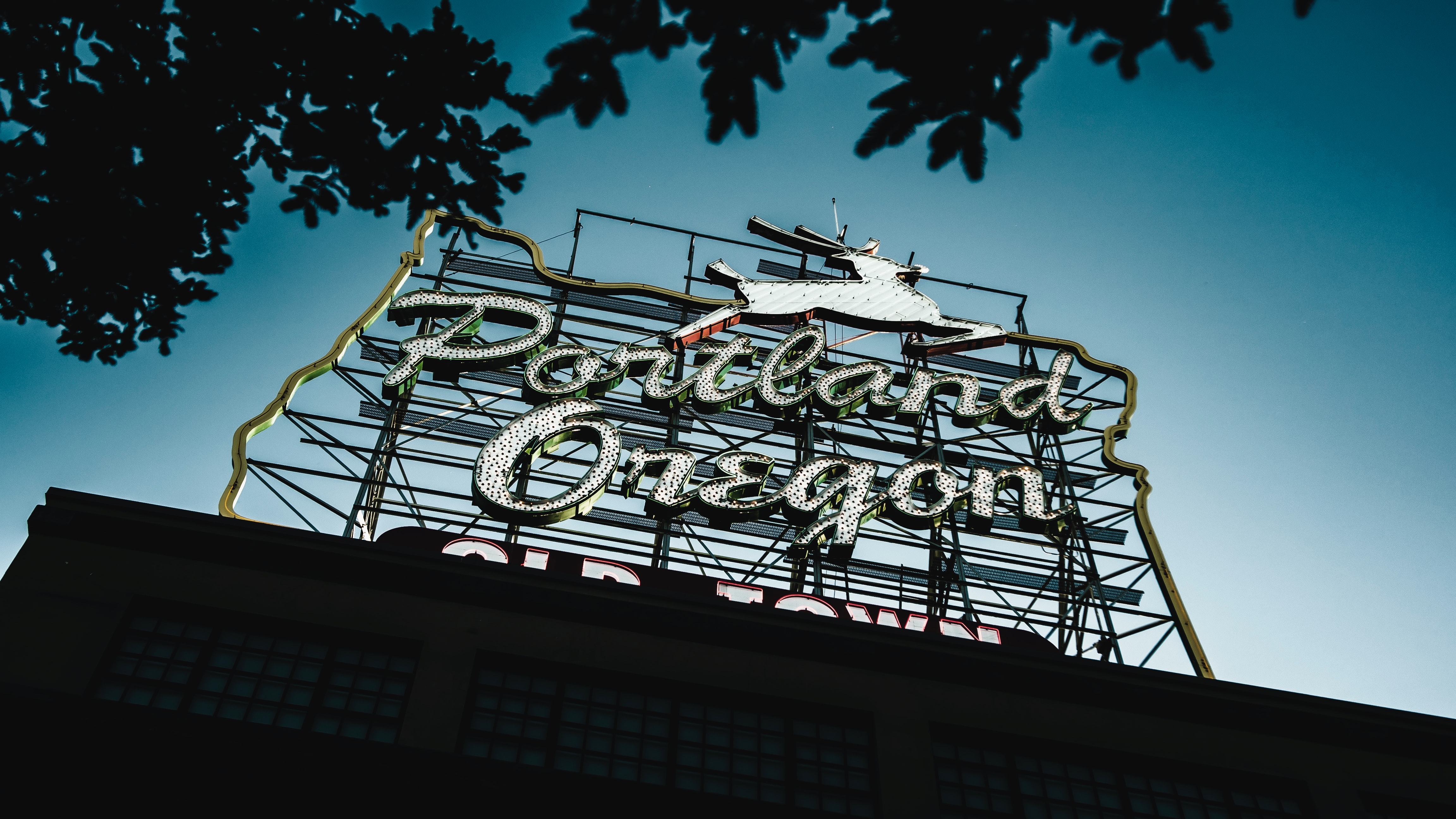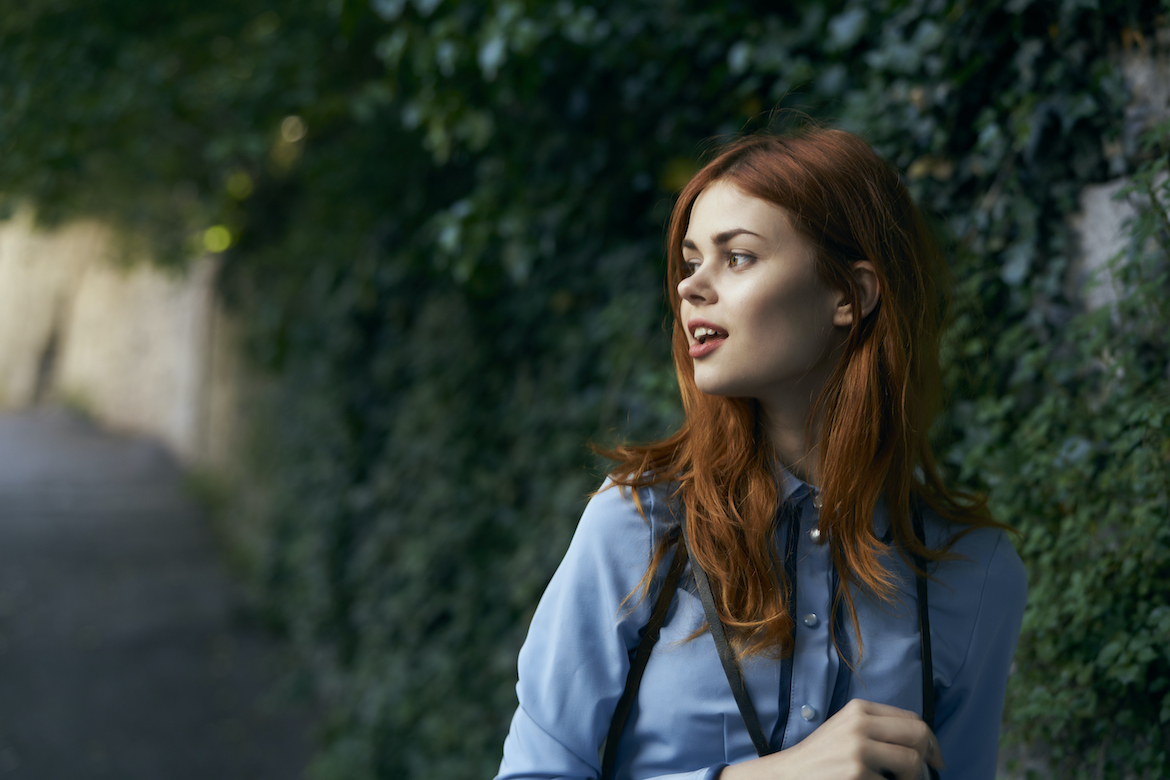LOS ANGELES — In his latest exhibition at the Los Angeles County Museum of Art (LACMA), Yoshitomo Nara wants you to get inside his head, figuratively speaking.
“Through my work, I would really just like people to see me and the process of my formation as a human being,” Nara says in an interview with Mika Yoshitake, the independent curator who organized the retrospective.
With the Japanese artist’s largest exhibition to-date, which spans more than 100 installations and paintings over the past 40 years, we certainly get a full picture of Nara’s artistic mindset.
We see his love of music, which permeates the exhibition through a literal wall of album artwork, inspiring Nara to paint as he listened to the likes of Bob Dylan and the Clash. We learn about his unique method of layering paint onto bandages to create a unique textured effect. But as we plumb the depths of Nara’s artistry, there is one standout recurring motif that pops up in his works: portraits of young children. Although the children often present as feminine, Nara sees them as gender neutral.
In Nara’s world, children convey a broad spectrum of human emotions, ranging from placid sweetness to ardent fury. For example, in some of his portraits, sleepy-looking cute children beckon to us with their eyes closed shut. In other works, the wide-eyed child stares directly at the viewer with a hollow, almost unsettling look. And in a darker painting, the child’s rage turns violent as they brandish a knife toward a cat in one hand while holding a bomb in another.
Few adult artists have managed to capture authentic, honest representations of children, encompassing their full range of rage and wonder. Some of the earliest artistic portrayals of children feature Jesus stiffly cradled in the arms of Mary — less a child than a religious icon.
But generally, for centuries, children were depicted as either tiny adults posing for the painter in the pre-Enlightenment period or rosy-cheeked innocents in need of adult protection during the Victorian era, as writer Robin Jackson argues.
Where does Nara fit into this debate on the child in art? Nara leans toward the innocent side — but definitely not in the way you think.
Some of the children in Nara’s portraits are angry, casting defiant glances toward the viewer while exhibiting an almost punk-rock aesthetic as they toy with records and amplifiers, a nod to Nara’s obsession with music.
In paintings dating to the 1990s, children blast messages opposing nuclear armament, a reflection of the growing nuclear arms race at the time and Nara’s own upbringing in post-World War II Japan. In a more graphic painting, a child stands atop the head of Hitler, reflecting Nara’s own anti-war and anti-fascism stance.
It’s clear that the children stand in as angry innocents raging against an oppressive world of adults far more powerful than them. But they also represent Nara’s own political inclinations and state of mind.
Nara reportedly experienced isolation growing up in rural Japan, so it’s perhaps no surprise that most of the children in his exhibition stand as solitary figures on the canvas. That isolation feels entirely relevant now as some parts of the world emerge from long pandemic lockdowns while others re-enter them due to rising COVID-19 cases.
Nara painted his most recent work, “Study,” at the beginning of pandemic lockdowns in 2020. It features a hesitant, wide-eyed young child staring at the viewer, reflecting Nara’s own uncertainty about his artistic direction and the state of the world.
“The painting shows well that feeling of honesty, of hesitation, of not knowing what to do,” Nara says in the interview with Yoshitake.
The blurry patches of paint around the child’s face make it appear as if they are emerging from a fog, perhaps representing the uncertainty of being a child — or an adult — living in a dangerous world with terrors beyond our imagination.
Yoshitomo Nara, curated by Mika Yoshitake, continues at LACMA (5905 Wilshire Boulevard, Mid-Wilshire, Los Angeles) through January 2, 2022.
Source link































